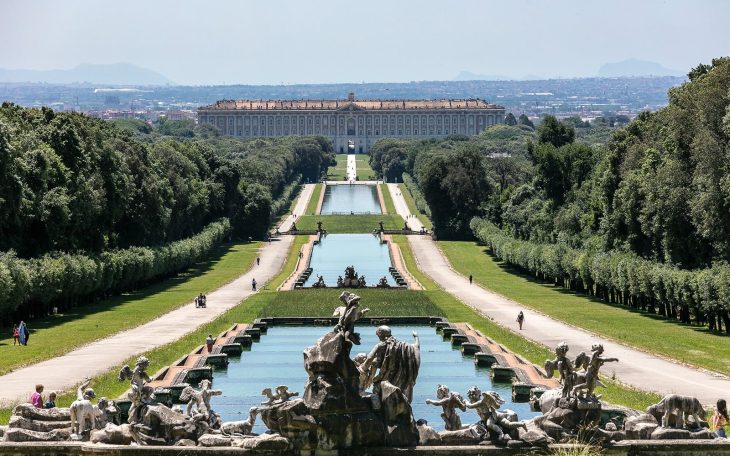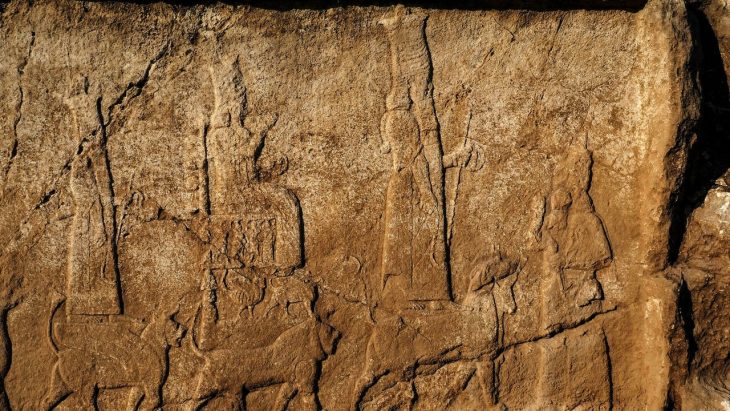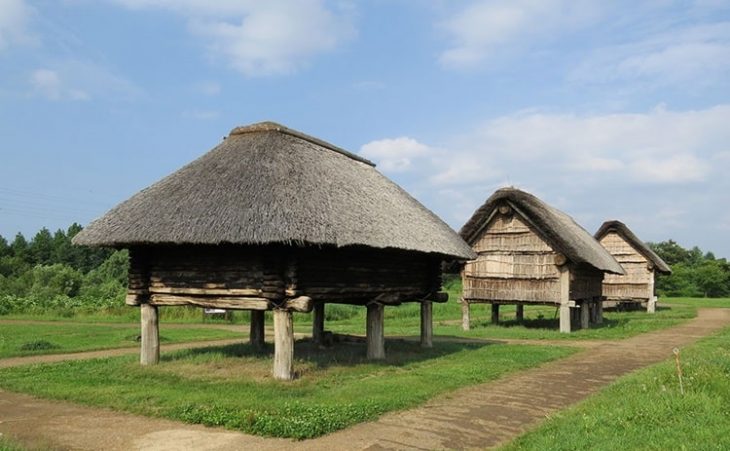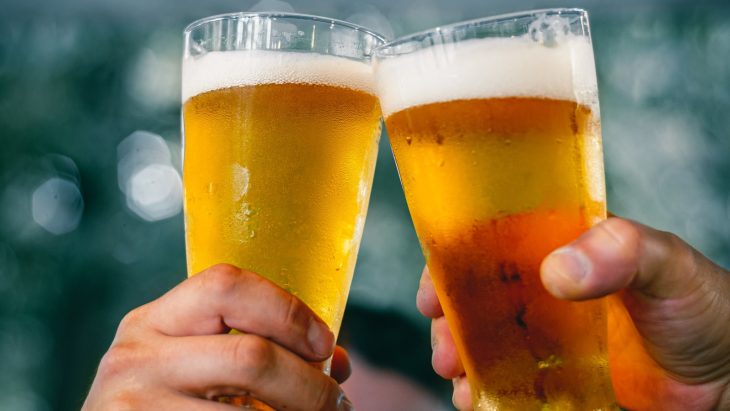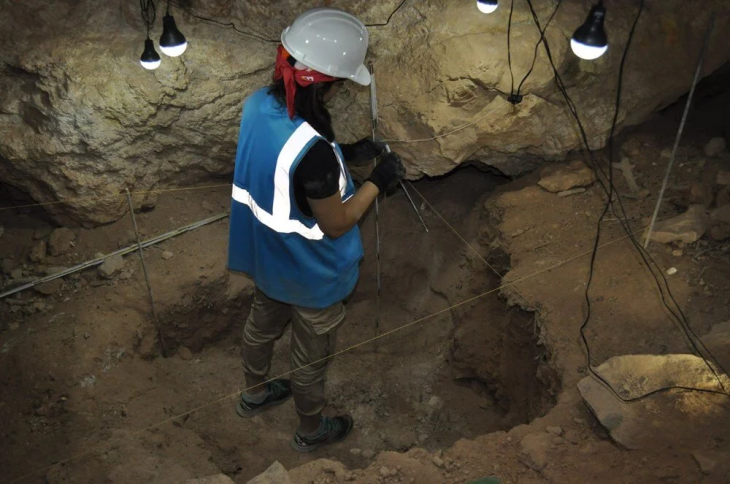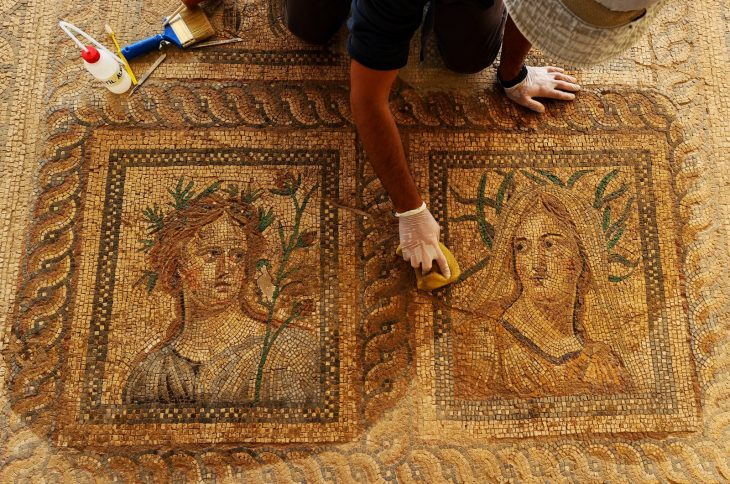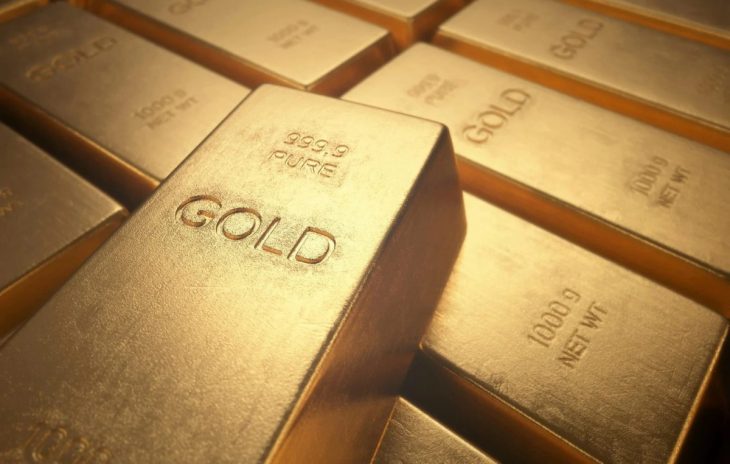For the first time in the pre-Islamic Early period Turkish history, an inscription bearing the inscription expression “Turk” and written “Turkoglu” in the Greek alphabet was found at the excavation site of the Ancient City of Savatra in Konya, Turkey.
Saying that the inscription from the 10th-11th century AC is proof of the Turkish presence in Anatolia before 1071, the head of the excavation, Associate Professor İlker Işık, said, “Türkopol means Türkoğlu (Turkısh son) in Turkish. It is the first inscription found in this way in Anatolia.
In terms of its importance, we can say the following; “This is evidence that shows the presence of Christianized Turks here before the Battle of Manzikert in 1071, that is before the Islamic banner was brought here by the Turks,” he said.
During the excavations carried out by Selçuk University under the direction of Associate Professor İlker Işık in the Savatra Ancient City in the Yağbayat District of Karatay district, an inscription containing the Turkish inscription was found for the first time in Anatolia.
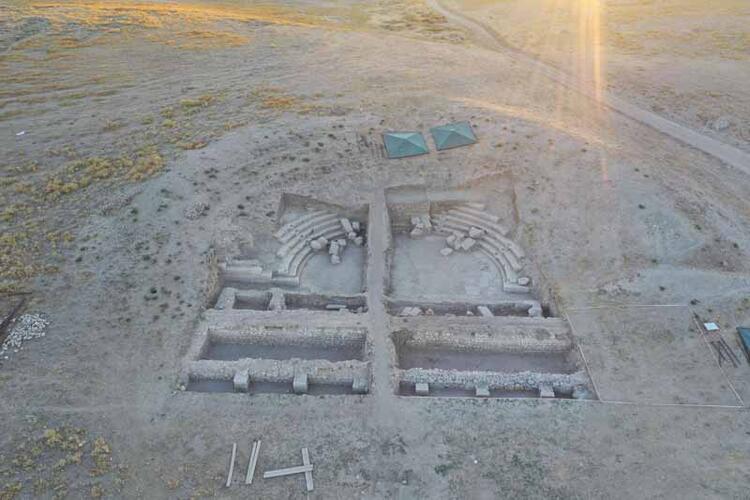
The head of the excavation, Associate Professor Işık, said, “The inscription was brought from a castle belonging to the ancient city of Savatra. This castle has been used until the Byzantine period. When we look at the architectural part, it is the Byzantine period templon pier. This is an architectural element found in religious buildings. When we look at it from a periodical point of view, we think that it coincides with the 10th or 11th centuries AD. When we look at the content, it also appears as an article belonging to the pre-Islamic Turks. This is a sign that reveals the existence of the Turks who converted to Christianity before Islam. When we look at it periodically, we can say that it is the Byzantine period,” said.
📣 Our WhatsApp channel is now LIVE! Stay up-to-date with the latest news and updates, just click here to follow us on WhatsApp and never miss a thing!!
THE FIRST TURKISH INSCRIPTION FOUND IN ANATOLIA
Stating that the discovered artifact is the first Turkish inscription ever found in Anatolia, Associate Professor İlker Işık said, “The discovery of the Türkopol script is very important for us. Türkopol means Türkoğlu in Turkish. It is the first inscription found in this way in Anatolia. In terms of its importance, we can say the following; This is evidence that shows the presence of Christianized Turks here before the Battle of Manzikert in 1071, that is before the Islamic banner was brought here by the Turks. It is an important indicator that proves the presence of Turkish soldiers in the legion units in the Byzantine armies, in this respect, it is very important for us to both include the Turkish name and to determine that they were stationed here in this period and that they existed in and around the Ancient City of Savatra.”
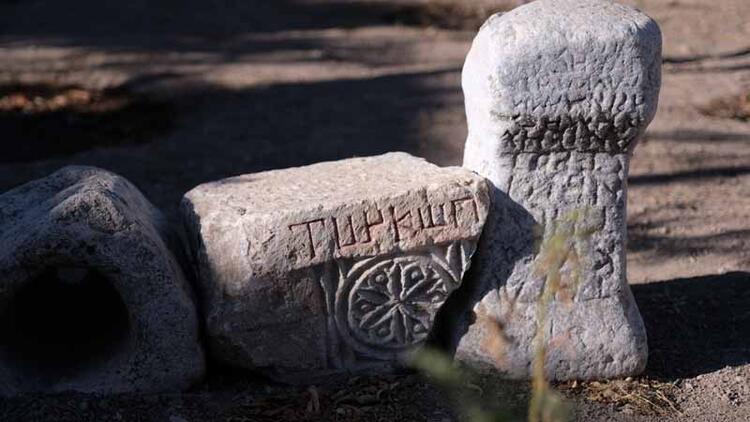
Speaking about the importance of the Savatra Ancient City, Associate Professor Işık continued: “This is a military garrison region. Bozdağ National Park is a north-south oriented field that continues from Altınekin district to the borders of Karatay. We conducted a surface survey here for 6 years. One of the most important indicators for us during these works is that this is a military garrison line. This region, which includes the eastern border of Konya and serves as a buffer, is filled with many residential areas located both to maintain public order and to ensure the safety of passing trade convoys here. Therefore, it is possible to say that it is a place where different cultures come together. Of course, this is an important area in terms of strategically important roads and military headquarters.”
‘WE FOUND PRAYER AND HEALING TEXT WRITTEN WITH THE RUNIC ALPHABET’
Explaining that they intensified their research in the region where the inscription is located and that they came across 2 more inscriptions, Assoc. Dr. İlker Işık said, “Of course, after we found the Türkopol text, the works for us was deepened.

We concentrated our studies on this area to see if we could encounter any other finds belonging to the Turks in the region, and we came across 2 inscriptions written in the runic alphabet. We think that these writings are in the form of prayer texts. We received support from Cengiz Saltaoğlu in this regard. According to the transcription he made, we think that it is a heal text about the healing of diseases. In order to advance these studies, it is necessary to develop studies in the epigraphic sense first. In terms of Turcology, it is very important for us to include scientists who are advanced in this field,” said.




